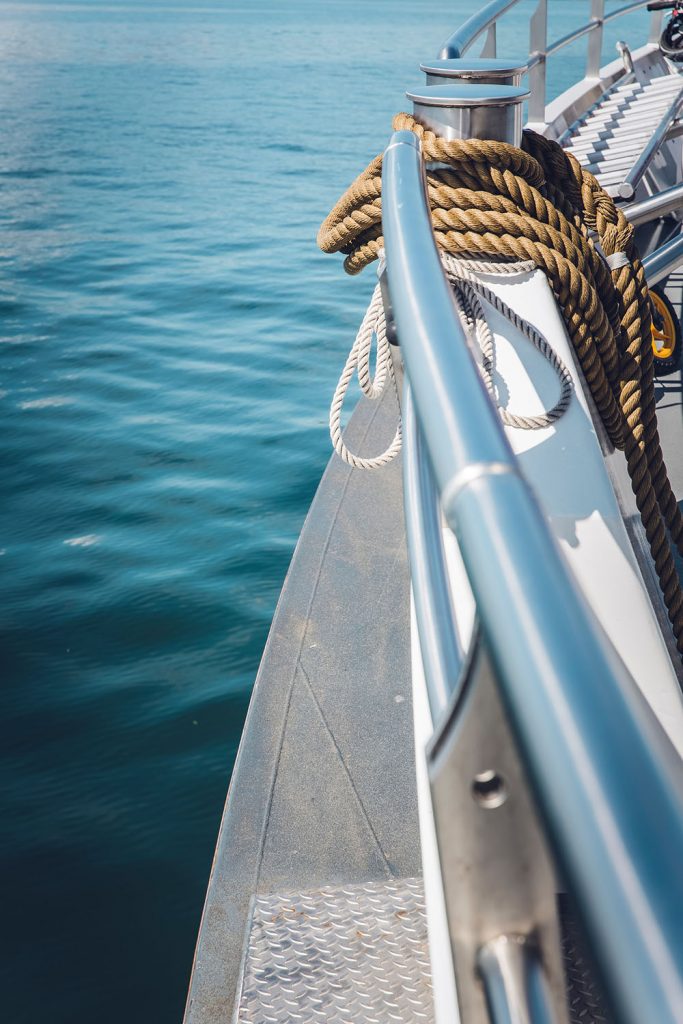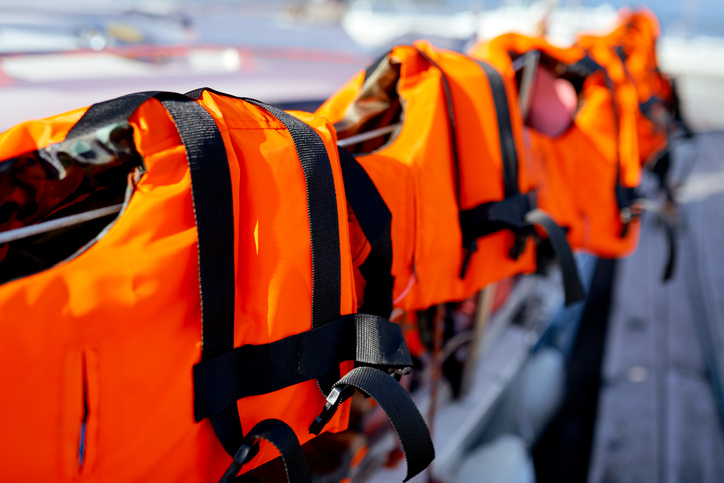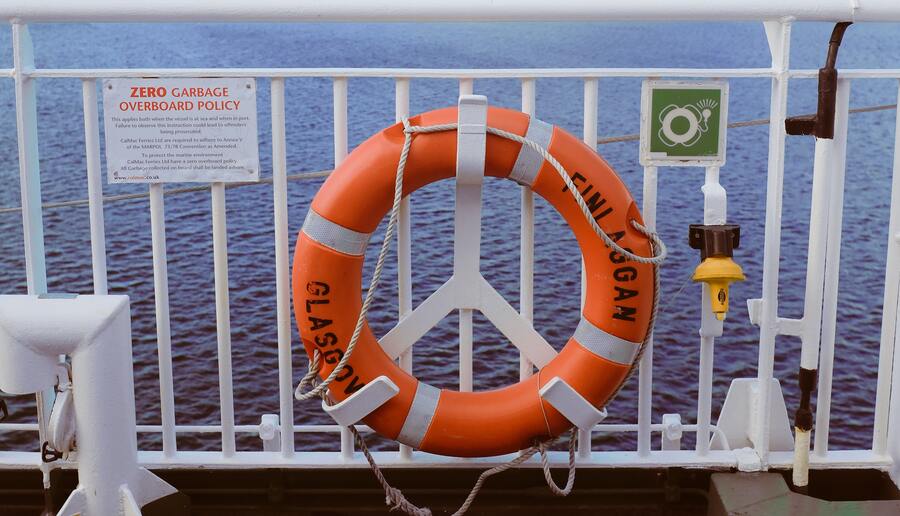Fires are often referred to as a boat’s worst enemy. Smoking below deck, galley cookers, a build-up of butane or propane gas in the bilges, poor wiring, gasoline or gasoline vapour in the engine compartment, and flammable paints and solvents are a few common causes of fire on boats.
It’s essential to take all the necessary steps to prevent fires, to have the equipment needed to put them out on board and to be aware of what to do if one breaks out. Prepare by taking simple preventative measures and learning about emergency procedures you can follow to put out or contain a blaze.
Set up a fire control and safety plan for your boat
Benjamin Franklin said it best: “By failing to prepare, you are preparing to fail.” Preparation for worst-case scenarios at sea will improve your ability to react swiftly and logically under pressure. Before leaving the dock, make sure that you have a fire control and safety plan in place.
The location of all crucial tools and systems that can help in case of a fire should be specified in this plan. More precisely, this plan should offer a summary of every fire station on board as well as details on different fire alarm systems, extinguishing apparatus, bulkheads, sprinkler installations, ventilation systems, and emergency exits.
Install a smoke alarm
Test your smoke alarms regularly and install a carbon monoxide alarm if you have any fuel-burning equipment on board, such as an engine or generator, for added peace of mind.
Since you might not discover a fire in the engine compartment until it is severely out of control, consider installing a marine fire suppression system there.

Equip your boat with the correct fire extinguishers and keep escape routes clear
Fires are classified into five groups. They include fires involving solids, liquids, gases, combustible metals or cooking oil and fat – and all have the potential to happen on board. They’re all extinguished in different ways, such as with water, dry powder, foam, or carbon dioxide. Check the regulations in your area to be sure you have the correct number and classification of fire extinguishers on board at all times.
It’s also important to keep fire extinguishers in the right place. In most cases, experts agree that it is important to store fire extinguishers by each cabin's door and by the companionway, which will allow you to fight a fire and keep escape routes free. Have fire blankets within easy reach too.
Take care of flammable liquids
The majority of boats carry extra fuel for an outboard motor, diesel for the main engine, and maintenance-related chemicals. Store them in well-ventilated areas. While fuels of all kinds should be stored in a specific locker that vents and drains outboard, it is important to make sure the engine is shut off and that all fires and smoking materials are extinguished when refuelling. And, make sure that gas and air from tanks are released directly overboard and fuel lines have an operational direct shut-off valve.

In case of a fire
When a fire breaks out inland, make sure to alert everyone on board and contact emergency services immediately. If possible, shut off fuel and gas supplies. Don't try to starve the fire of air by going into a smoke-filled area and don’t open engine hatches or doors unless you have to.
If there’s a fire at sea, move as far away from the fire as you can on deck and supply life jackets for everyone on board. Bring a portable VHF radio onto the deck so you may call for assistance. In this case, consider making a Mayday call or flash a distress signal.
Find out as soon as you can about the type of fire, the necessary tools, the extinguishing agent, and determine your attack strategy. Try to put the fire out with whatever you determine is appropriate and assign someone to watch for re-ignition if you were able to put out the blaze.
To learn more about fire safety regulations and fighting specific types as a boat owner, it is best to take a course and lay out a detailed fire safety and control plan. When shopping for a boat, consider the different fire safety practices when it comes to powerboats, sailboats and smaller vessels.
Image credits: Image 1: Markus Spiske via Unsplash / Image 2: Anton Ilchanka via iStock


